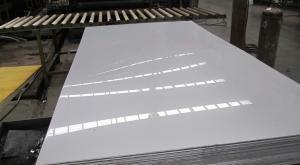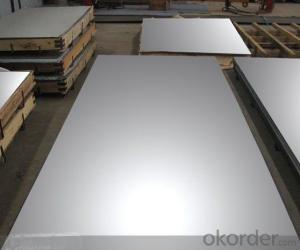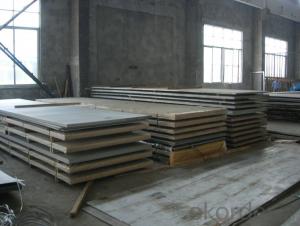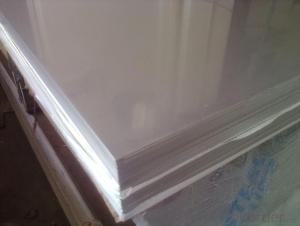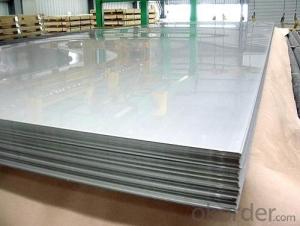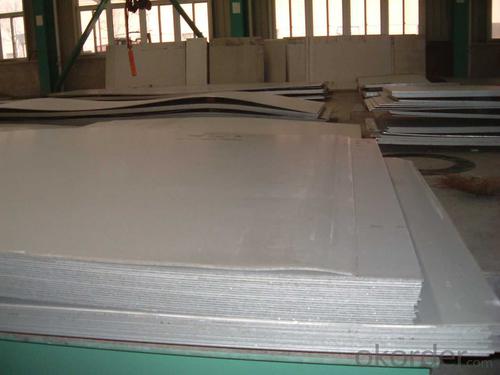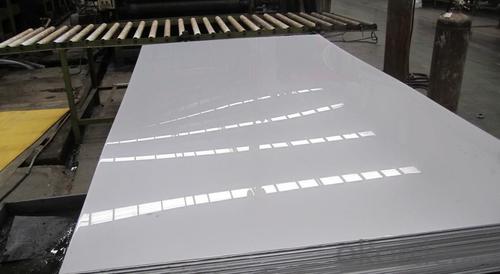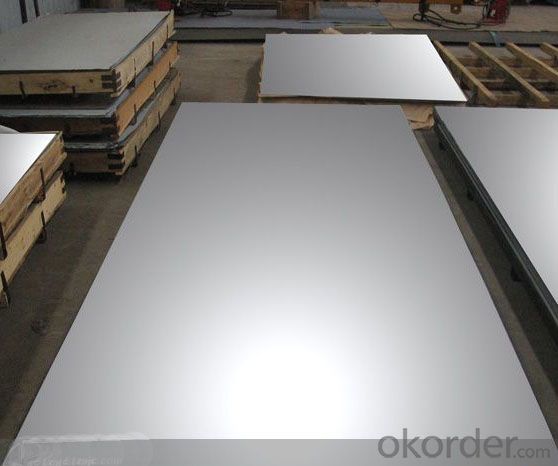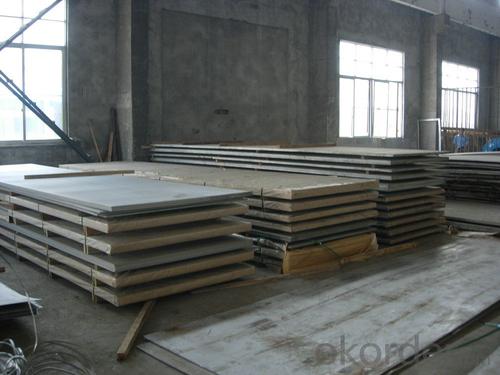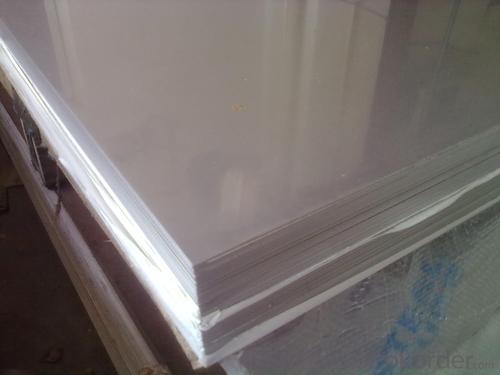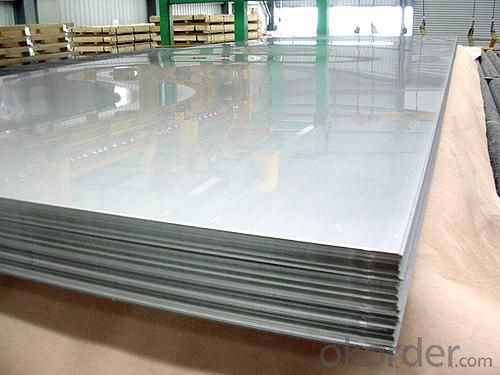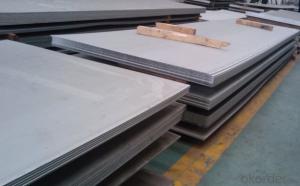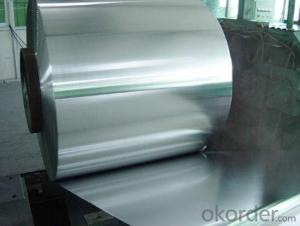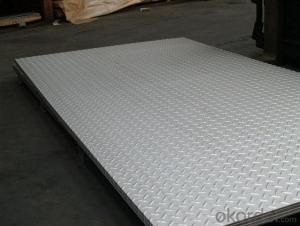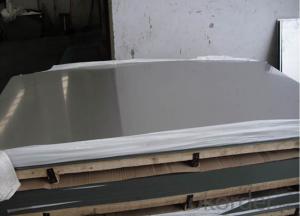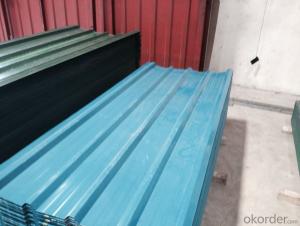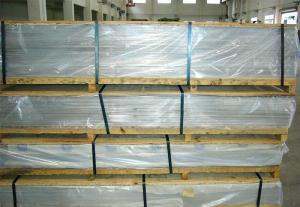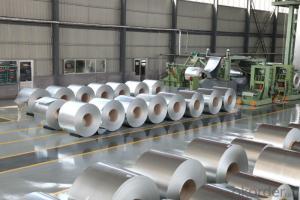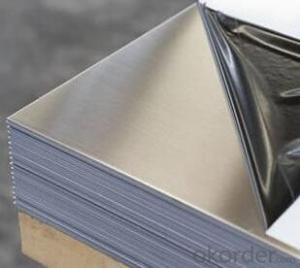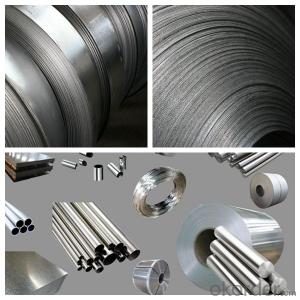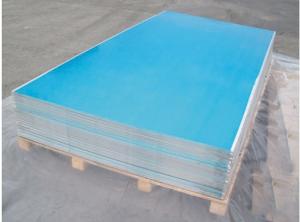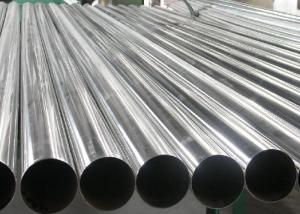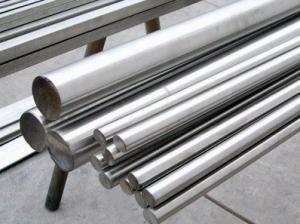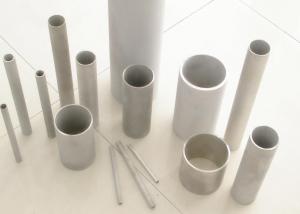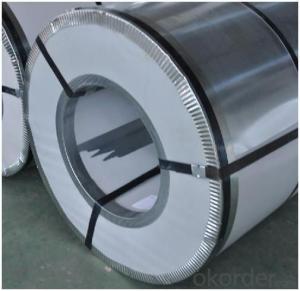Stainless Steel sheet and plate with amazing price
- Loading Port:
- Shanghai
- Payment Terms:
- TT OR LC
- Min Order Qty:
- 10000 m.t.
- Supply Capability:
- 5000000 m.t./month
OKorder Service Pledge
OKorder Financial Service
You Might Also Like
Specifications of stainless steel
304 stainless Steel Plate
stainless steel plate,steel sheet,steel plate
Standard: ASTM,GB,DIN,JIS,ISO,EN,etc.
TISCO stainless Steel Plate 304/NO.1 finished
stainless steel plate,steel sheet,steel plate
Standard: ASTM,GB,DIN,JIS,ISO,EN,etc.
Delivery short and low cost advantage.
Description of stainless steel:
stainless steel plate,hot rolled stainless steel plate,cold rolled stainless steel plate,stainless steel sheet,steel sheet,sheet
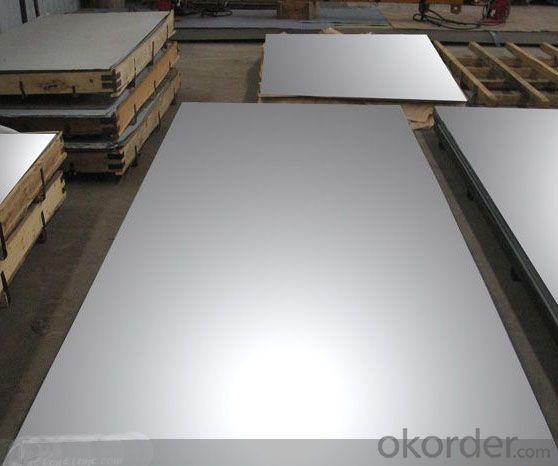
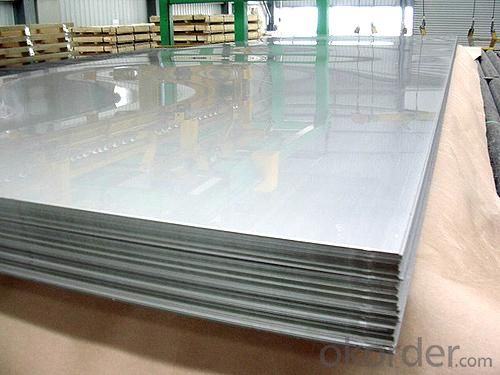
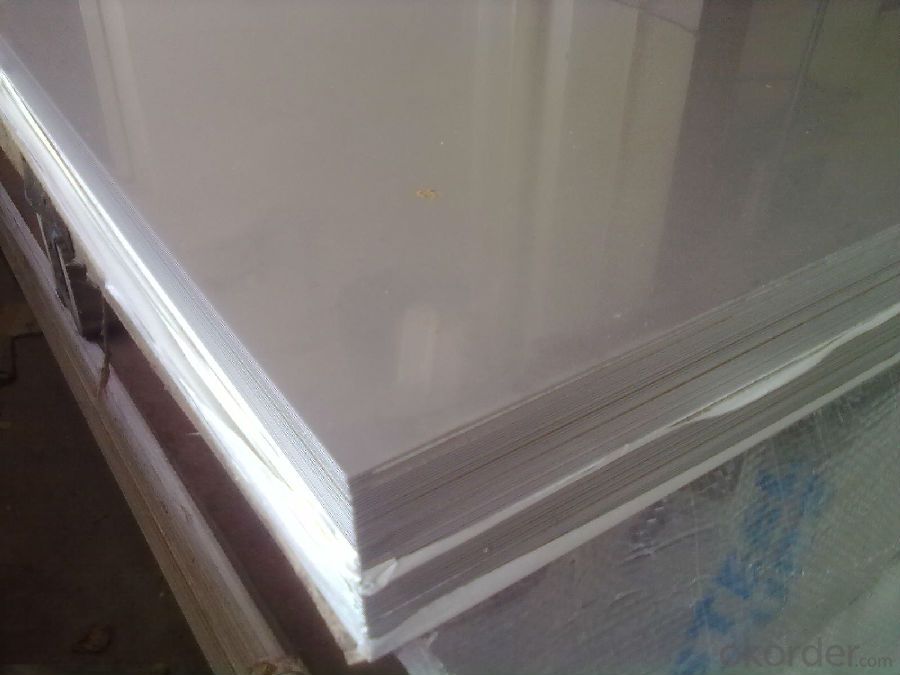
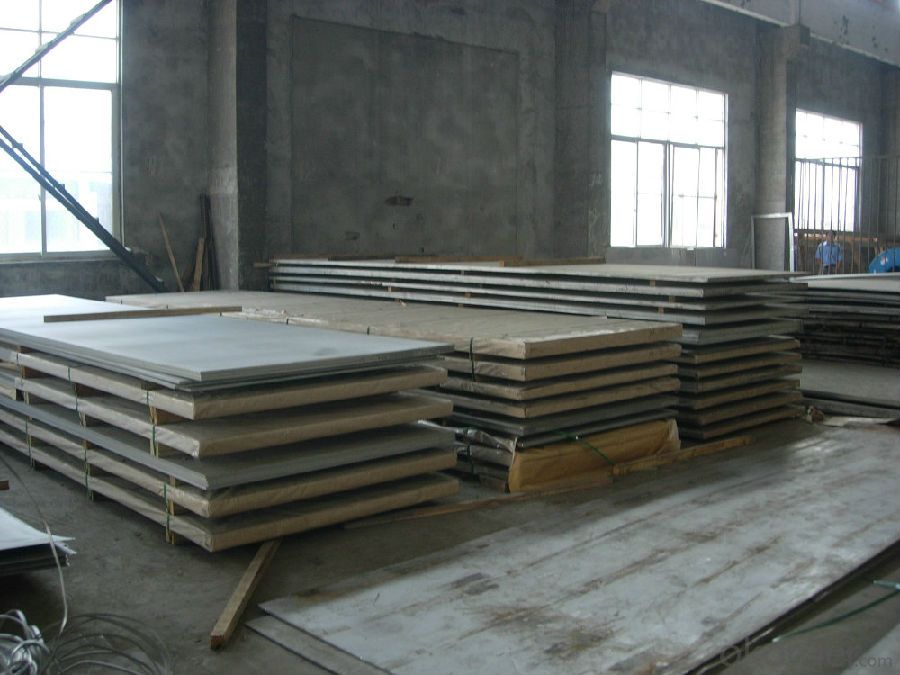
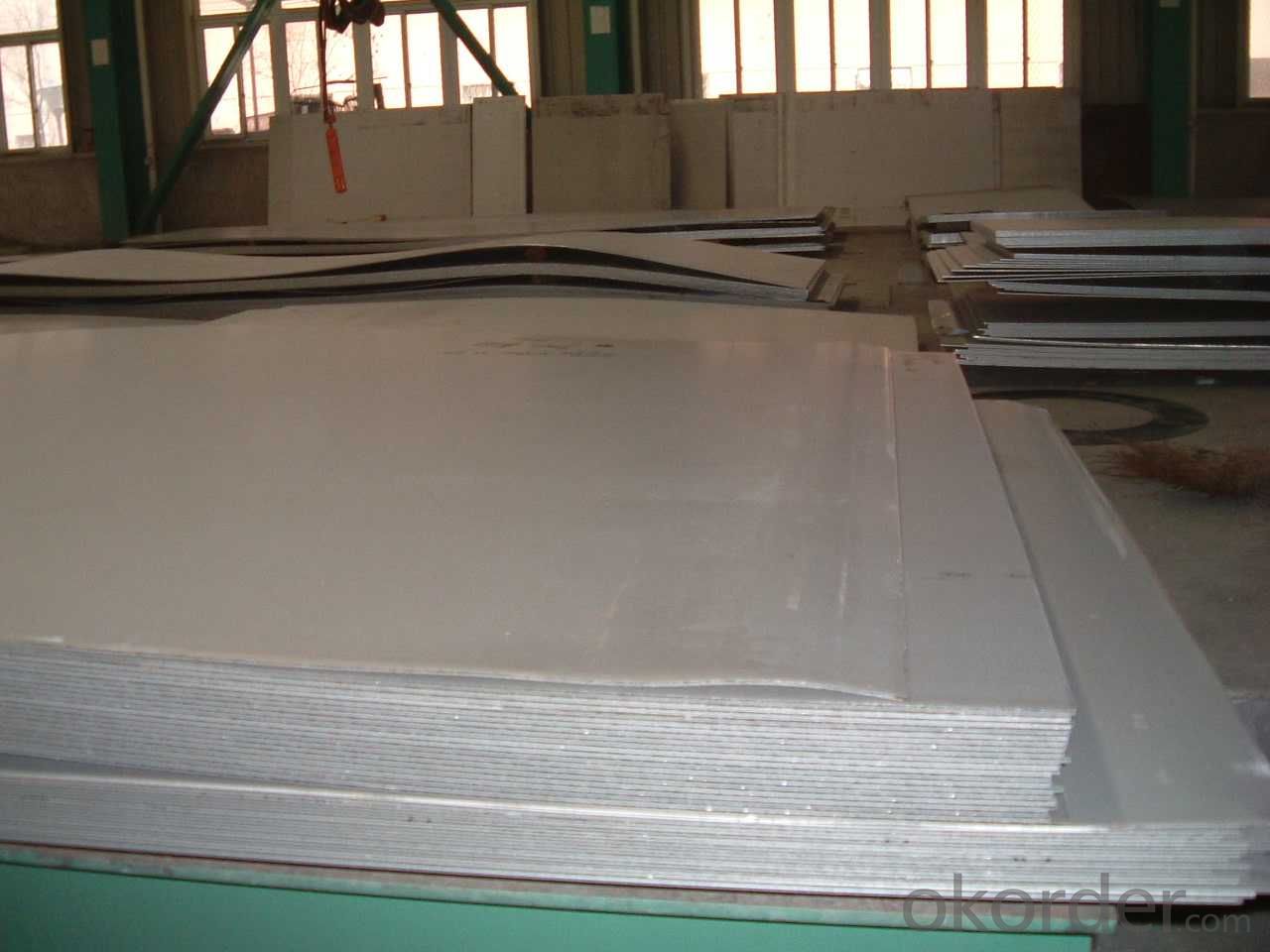
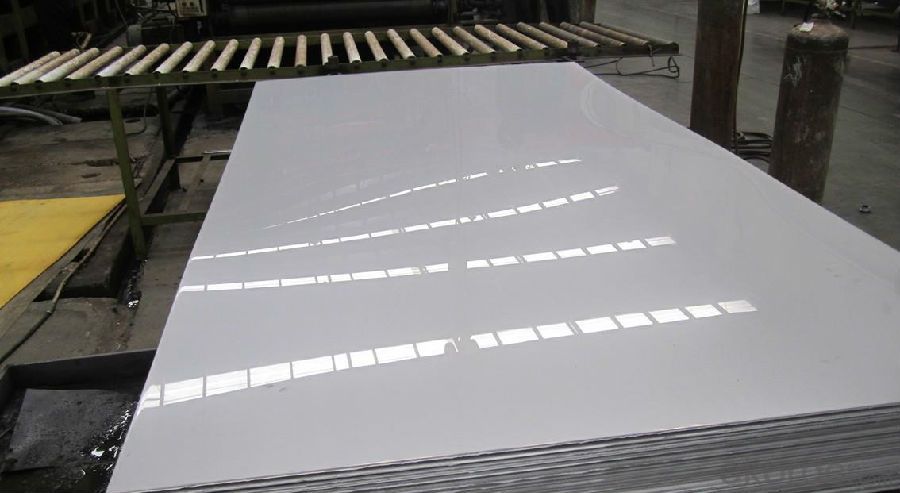
Material of stainless steel:
304,304L,309S,310S,316,316L,316Ti,317L,317L,321,347H,409,409L,410S,420,430,201,202,etc.
Thickness of stainless steel:
From 0.3mm to 100mm
Width of stainless steel:
1000mm,1219mm,1250mm,1500mm,1800mm,2200mm,2500mm or as your requirement
Length of stainless steel:
2000mm,2438mm,2500mm,6000mm,6096mm or as your requirement
Application of stainless steel:
Stainless steel plate applies to construction field, ships building industry, petroleum & chemical industries, war and electricity industries, food processing and medical industry, boiler heat exchanger, machinery and hardware fields. Our company has cooperative relation between the domestic agents. Stainless steel plate can be made accordingto the customers requirements. Fasten delivery. Quality assured.Welcome to order more.
Contacts
If you have any question,please feel free to contact us.
- Q: What's the difference between cold rolled plate and stainless steel?
- The biggest difference between the stainless steel plate is the addition of 13% chromium (Cr) elements and even nickel elements (such as the standard 304 stainless steel, chromium containing 18%, nickel containing 9%) during steelmaking, thus having the function of stainless steel
- Q: What are the different types of stainless steel sheet finishes for architectural applications?
- There are several different types of stainless steel sheet finishes that are commonly used in architectural applications. These finishes are applied to the surface of the stainless steel sheet to enhance its appearance and provide additional protection against corrosion and wear. 1. No. 1 Finish: This is the most common type of stainless steel sheet finish. It is also known as "hot rolled annealed and pickled" finish. In this finish, the stainless steel sheet is hot rolled, resulting in a dull, rough surface. It is then annealed and pickled to remove any scale or impurities, leaving a clean, uniform surface. 2. No. 2B Finish: This finish is achieved by cold rolling the stainless steel sheet after it has been annealed and pickled. It results in a smooth, reflective surface with a slight grainy texture. No. 2B finish is commonly used for applications that require a high level of corrosion resistance and a polished appearance. 3. No. 4 Finish: Also known as "brushed finish," No. 4 finish is achieved by mechanically polishing the stainless steel sheet with abrasive belts or brushes. It creates a satin-like appearance with fine parallel lines. No. 4 finish is often used for decorative purposes in architectural applications such as wall panels, elevator interiors, and column covers. 4. No. 8 Mirror Finish: This finish is achieved by mechanically polishing the stainless steel sheet to a highly reflective mirror-like surface. It provides a bright, reflective appearance and is commonly used for decorative applications such as wall cladding, signage, and decorative trim. 5. Bead Blasted Finish: In this finish, the stainless steel sheet is blasted with fine glass beads to create a textured, matte surface. Bead blasted finish offers a unique aesthetic and is often used in applications where a non-reflective, tactile surface is desired, such as elevator doors, handrails, and countertops. 6. Patterned Finish: Patterned finishes are achieved by embossing or etching the stainless steel sheet with various patterns or textures. This creates a decorative surface that adds visual interest to architectural applications. Patterned finishes are commonly used for wall panels, ceiling tiles, and decorative screens. These are just a few of the most common stainless steel sheet finishes used in architectural applications. Each finish offers its own unique aesthetic and functional characteristics, allowing architects and designers to choose the most suitable finish for their specific project requirements.
- Q: How do stainless steel sheets differ from other types of metal sheets?
- Stainless steel sheets differ from other types of metal sheets in several ways. Firstly, stainless steel is an alloy that contains a minimum of 10.5% chromium. This chromium content forms a protective layer of chromium oxide on the surface of the metal, making it highly resistant to corrosion and staining. This unique property sets stainless steel sheets apart from other metals, as they can withstand exposure to harsh environments, chemicals, and moisture without deteriorating. Secondly, stainless steel sheets offer excellent strength and durability. Due to their composition, stainless steel sheets are highly resistant to heat, impact, and wear. This makes them suitable for a wide range of applications, including automotive, construction, and industrial settings, where strength and endurance are crucial. Another important distinction is the aesthetic appeal of stainless steel sheets. They have a sleek and modern appearance, which is highly sought after in architectural and interior design projects. Stainless steel sheets can be easily polished to a mirror-like finish, adding an elegant touch to any space. Moreover, stainless steel sheets are known for their hygiene and cleanliness. They have a non-porous surface that does not absorb moisture, making them resistant to bacteria, mold, and other contaminants. This makes stainless steel sheets the material of choice for kitchen appliances, food processing equipment, and medical devices. Lastly, stainless steel sheets are highly customizable. They can be manufactured in various thicknesses, sizes, and finishes to meet specific requirements. Additionally, stainless steel can be easily formed, welded, and fabricated, allowing for creative designs and customization options. In summary, stainless steel sheets differ from other types of metal sheets due to their exceptional corrosion resistance, strength, durability, aesthetic appeal, hygiene, and customization options. These unique characteristics make stainless steel sheets a versatile and reliable choice for a wide range of applications.
- Q: Can stainless steel sheets be used for heat recovery systems?
- Yes, stainless steel sheets can be used for heat recovery systems. Stainless steel is widely recognized for its high thermal conductivity and corrosion resistance, making it an ideal material for heat transfer applications. In heat recovery systems, stainless steel sheets are often used as heat exchanger plates or tubes due to their ability to efficiently transfer heat from one fluid to another. The corrosion resistance of stainless steel ensures the longevity and reliability of the heat recovery system, even when exposed to high temperatures and aggressive environments. Additionally, stainless steel sheets can withstand thermal expansion and contraction, making them suitable for various heat recovery system designs. Overall, stainless steel sheets are a popular choice in heat recovery systems due to their excellent heat transfer properties, durability, and resistance to corrosion.
- Q: Can stainless steel sheets be used for elevator mirrors or panels?
- Yes, stainless steel sheets can be used for elevator mirrors or panels. Stainless steel is a versatile material known for its durability, corrosion resistance, and aesthetic appeal. Elevator mirrors or panels made from stainless steel sheets provide a sleek and modern look while ensuring long-lasting performance in high-traffic areas.
- Q: Are stainless steel sheets suitable for water storage tanks?
- Yes, stainless steel sheets are suitable for water storage tanks.
- Q: What are the different types of surface treatments available for stainless steel sheets?
- There is a variety of surface treatments accessible for stainless steel sheets, each with its own purpose and distinct advantages. 1. The Mill Finish is the most basic type of surface treatment, achieved directly from the mill after the stainless steel sheet's manufacturing process. It presents a smooth, dull appearance and is commonly utilized for a clean, unembellished look. 2. The Brushed Finish, also known as satin finish, entails brushing the stainless steel surface with a fine abrasive substance to create fine parallel lines. This finish offers a decorative, textured appearance while concealing any surface imperfections or scratches. 3. The Mirror Finish creates a highly reflective surface resembling a mirror. It is attained by progressively polishing the stainless steel sheet with finer abrasives until a glossy, reflective finish is achieved. This finish is commonly used in decorative applications where a high level of shine is desired. 4. The Bead Blasted Finish involves blasting the stainless steel surface with tiny glass beads at high pressure. This creates a uniform, matte texture with a slightly rough feel. The bead blasted finish is often employed in architectural applications to achieve a modern, industrial appearance. 5. The Etched Finish involves applying an acid or chemical solution to the stainless steel surface to form intricate patterns or designs. This treatment allows for a high level of customization and is commonly used in architectural, signage, and decorative applications. 6. PVD Coating, or Physical Vapor Deposition, is a process where a thin film of a specific material is deposited onto the stainless steel surface using a vacuum chamber. This coating can provide various colors and finishes, such as gold, black, or bronze, while also enhancing the durability and corrosion resistance of the stainless steel sheet. These examples represent only a fraction of the diverse surface treatments available for stainless steel sheets. The choice of treatment depends on the desired aesthetic, functionality, and application requirements.
- Q: What is the strain hardening exponent of stainless steel sheets?
- The strain hardening exponent of stainless steel sheets refers to the material's ability to increase its strength and hardness as it undergoes plastic deformation or strain. It is a measure of how the material's stress-strain curve changes with increasing deformation. Stainless steel sheets typically have a strain hardening exponent ranging between 0.2 and 0.4. This value indicates that the material exhibits a moderate increase in strength and hardness as it is subjected to plastic deformation. The higher the strain hardening exponent, the greater the material's ability to resist deformation and retain its shape under external forces. The strain hardening exponent is an important parameter in engineering applications as it affects the material's formability, ductility, and resistance to deformation. Higher values of the strain hardening exponent indicate a more work-hardening material, which is desirable in many industrial processes such as sheet metal forming or cold working. However, excessively high strain hardening exponents can lead to issues like cracking or material failure. It is important to note that the strain hardening exponent can vary depending on the specific grade and composition of the stainless steel alloy. Different stainless steel alloys may exhibit different strain hardening behaviors, so it is crucial to consider the specific material properties and specifications when determining the strain hardening exponent for a particular stainless steel sheet.
- Q: Can stainless steel sheets be used for architectural canopies?
- Architectural canopies can indeed make use of stainless steel sheets. This versatile material offers numerous advantages in architectural applications, including canopies. To begin with, stainless steel possesses great durability and resistance to corrosion, making it ideal for outdoor installations. This ensures that the canopy will endure harsh weather conditions and maintain its appearance over time. Furthermore, stainless steel boasts a sleek and contemporary aesthetic which can enhance the overall design of the canopy. It can be polished to a mirror-like finish or brushed to create a distinctive texture, giving architects a range of options to achieve their desired look. In addition, stainless steel sheets are available in various thicknesses, allowing for customization based on the specific requirements of the canopy. This flexibility guarantees that the material can support the weight of the structure and any additional elements, such as lighting or signage. Moreover, stainless steel is an environmentally-friendly choice for architectural canopies as it is fully recyclable. This aligns with the increasing demand for sustainable construction materials and practices. To summarize, stainless steel sheets are a popular and suitable choice for architectural canopies due to their durability, aesthetic appeal, flexibility, and sustainability.
- Q: Can stainless steel sheets be used for food processing equipment?
- Indeed, stainless steel sheets are capable of serving in the realm of food processing equipment. The utilization of stainless steel in the food processing industry is highly favored due to its remarkable ability to resist corrosion, its durability, and its hygienic attributes. It possesses the capacity to withstand staining, rust, and chemical harm, rendering it appropriate for both contact with food and cleaning agents. Furthermore, stainless steel sheets are simple to cleanse and uphold, thus diminishing the potential for contamination. Additionally, stainless steel remains non-reactive, signifying it does not engage with food or modify its flavor, thereby guaranteeing the safety and excellence of processed food.
Send your message to us
Stainless Steel sheet and plate with amazing price
- Loading Port:
- Shanghai
- Payment Terms:
- TT OR LC
- Min Order Qty:
- 10000 m.t.
- Supply Capability:
- 5000000 m.t./month
OKorder Service Pledge
OKorder Financial Service
Similar products
Hot products
Hot Searches
Related keywords

